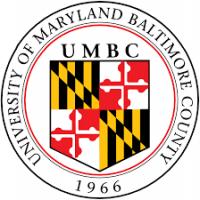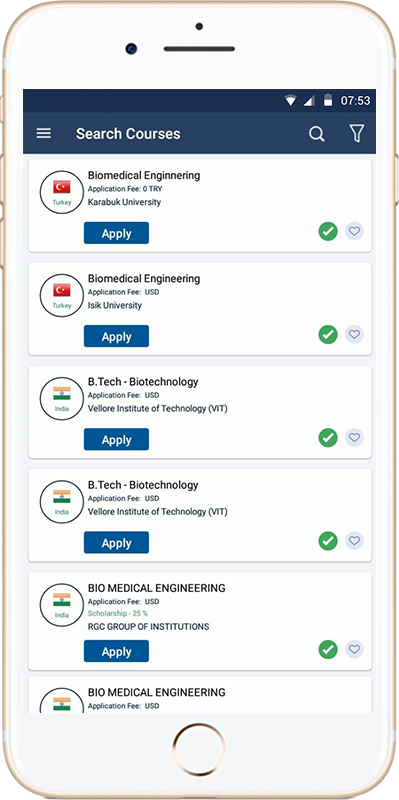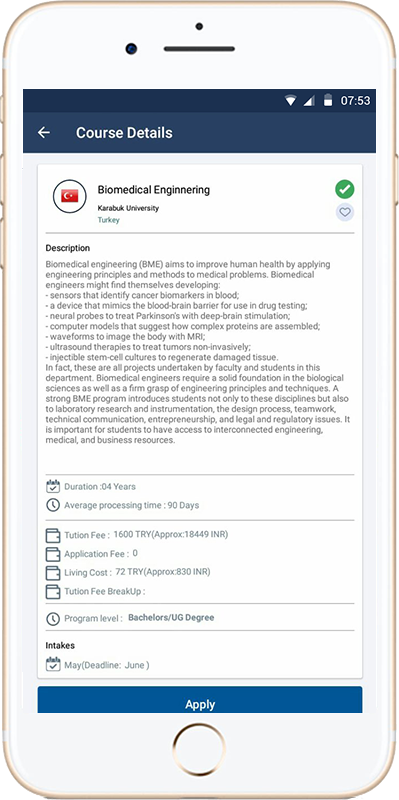History
The planning of the University of Maryland, Baltimore County was first discussed in the 1950s due to the post-World War II baby boom, the expansion of higher education under the GI Bill, and a large amount of growth both in population and industry in the Baltimore-Washington Metropolitan Area. At this time, the University of Maryland, College Park was the main higher education source in the region, so talks began of adding a branch campus in the Baltimore area. In 1955, Governor Theodore McKeldin issued "The Needs of Higher Education in Maryland," which recommended the need for university expansion.
Three years later, the "Advisory Committee on Higher Education in the State of Maryland" report proposed that the Baltimore branch of the University of Maryland be established as a two-year program, subordinate to the College Park campus. In 1960, the Warfield Commission, appointed by Governor Tawes, issued, "A Plan for Expanding the University of Maryland," which propelled the idea of creating three additional university centers throughout Maryland.
In 1963, the Maryland Legislature approved the development of several new universities throughout Maryland. By the end of that year, 435 acres were purchased from Spring Grove State Hospital, a psychiatric facility in Catonsville, Maryland.
The new campus would be efficiently located in Southwestern Baltimore and would be able to be accessed from Wilkens Avenue, the Baltimore Beltway, and Interstate 95. Architectural design and planning of the new campus were completed at the University of Maryland, College Park. In 1965, Albin Owings Kuhn, an accomplished administrator, and professor at College Park was named Vice President of Baltimore Campuses, including both UMBC and the founding campus, University of Maryland, Baltimore.
The new campus also included Dr. Homer Schamp of the College Park as the first Dean of Faculty, David Lewis as the first full-time faculty member and head of Social Sciences, and John Haskell, Jr. as the first Librarian.
At UMBC, we are connected by a shared sense of mission and vision. We combine grit and supportive community to reach excellence across the board — in the classroom, the lab, and the concert hall; on stage and on the court. At UMBC, we value each other as whole people, and we come together to learn, solve problems, create new things, and just have fun.
Mission
UMBC is a dynamic public research university integrating teaching, research, and service to benefit the citizens of Maryland. As an Honors University, the campus offers academically talented students a strong undergraduate liberal arts foundation that prepares them for graduate and professional study, entry into the workforce, and community service and leadership. UMBC emphasizes science, engineering, information technology, human services, and public policy at the graduate level. UMBC contributes to the economic development of the State and the region through entrepreneurial initiatives, workforce training, K-16 partnerships, and technology commercialization in collaboration with public agencies and the corporate community. UMBC is dedicated to cultural and ethnic diversity, social responsibility, and lifelong learning.
Vision
Our UMBC community redefines excellence in higher education through an inclusive culture that connects innovative teaching and learning, research across disciplines, and civic engagement. We will advance knowledge, economic prosperity, and social justice by welcoming and inspiring inquisitive minds from all backgrounds.
- The 2021 U.S. News & World Report Best Colleges rankings name UMBC a leading U.S. university: the #9 most innovative university and #11 top university for undergraduate teaching in the nation.
- Times Higher Education has recognized UMBC as one of the top universities in the U.S. and the world, as well as a leader in global social and economic impact.
- Princeton Review, Kiplinger’s Personal Finance, Forbes, Money, and the Fiske Guide to Colleges have named UMBC a “Best Value” university.
- The latest U.S. News Best Graduate Schools rankings include several UMBC graduate programs as among the best in the nation.
- UMBC is the nation’s #1 producer of African American undergraduates who go on to complete an M.D./Ph.D. and #2 nationally for African American undergraduates who complete a science or engineering Ph.D.
- According to NSF, UMBC ranks in the country’s top 150 universities in federal research and development expenditures, and #12 in NASA funding.
- The Chronicle of Higher Education has named UMBC one of the best colleges to work for ten years running.
















